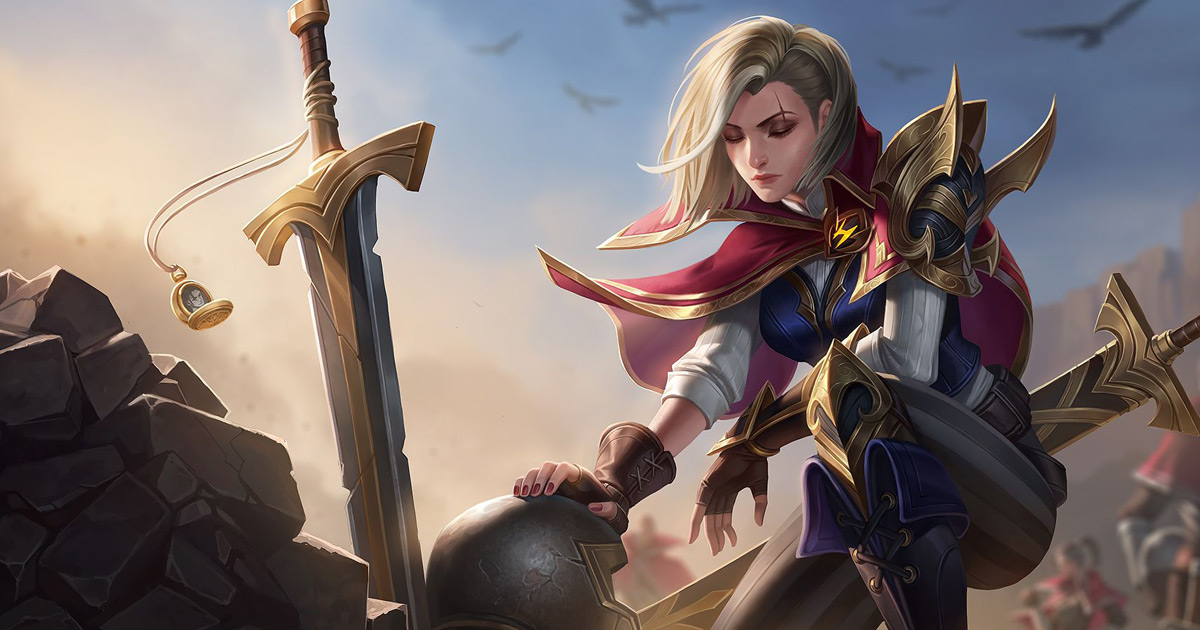How to Effectively Promote a Game on Both YouTube and Twitch: Case Studies of Mobile Legends and GetsuFumaDen
The column on orchestrating a synchronized ad campaign on YouTube and Twitch was shared with App2Top by Ekaterina Chemerovskaya, team lead of the Famesters agency.
Ekaterina Chemerovskaya
Main Differences Between YouTube and Twitch
The difference lies in the audience: who is watching whom and why.
- YouTube is about carefully curated content that can be watched at convenience. People go there for clear information: what the game is, how it works, its pros and cons. Videos can be rewound, saved, and forwarded to a friend. This is especially important when conveying complex mechanics or showcasing features.
- Streams on Twitch are about emotions and live interaction. People come not just to watch the game, but to experience it together with the blogger. It’s a “here and now” format. Peak views occur during the stream, and content performs worse as a recording. The drawbacks are clear: if a streamer misnames the game, there's no cutting it out from the broadcast. However, if everything goes well, the viewer feels that the blogger genuinely enjoyed it. This builds trust and encourages the viewer to try the game themselves.
In the end, here's what should be done:
- use YouTube to explain the game and its mechanics;
- use Twitch streams to build trust and engage the audience.
How to Appropriately Time a Campaign
The effective promotional scheme is not “stream or video,” but both.
7–10 days before release — YouTube:
- roundups and reviews: “what to play,” “monthly expectations”;
- mechanics breakdowns and early access impressions.
During release week—streams:
- bloggers play live
- they distribute promo codes, hold giveaways, and answer questions
Post-release — follow-ups:
- stream highlights;
- guide releases;
- update announcements;
- collaboration activities.
Case Study: Mobile Legends: Bang Bang
For promotion in the CIS region, the initial focus was on YouTube videos. Subsequently, Twitch streams were also integrated with active viewer engagement. A pool of 140 bloggers was utilized, from which 14 were chosen as ambassadors. As a result of active engagement and clear CTAs, the game amassed 3.7 million views, with an average CPM of $47.71.
How to Incorporate a Call-to-Action
A proper CTA is a crucial part of both blogs and streams. How to incorporate a call-to-action effectively:
On YouTube:
- place a link in the first lines of the description;
- include a CTA at the beginning and end of the video: “Link in description!”;
- it's better if there's a visual screen with the text and an arrow to the link.
On streams:
- set up command prompts in the chat (!download, !promo, etc.);
- offer a reward for clicking (in-game bonus, giveaway, unique skin);
- arrange for the streamer to mention the game’s name multiple times and explain why to click.
Combining Streams and Recordings for Maximum Reach
If you launch only on YouTube, you’ll get reach but no emotions. Only streaming will engage, but not clearly explain the game. Together, it works like a funnel:
- YouTube explains “what and why”;
- streams show “how it feels”;
- the viewer has seen everything and is ready to install/buy the game.
Case Study: GetsuFumaDen: Undying Moon
The focus for promotion was on tier-1 English-speaking countries (USA, UK, Germany, France, Spain). YouTube integrations, standalone videos, and two-hour Twitch streams were used. Bloggers with audiences interested in retro action games and platformers were selected. The campaign resulted in 14,407 clicks, and the CTR on Twitch reached 25.98%. 31% of the total traffic to the landing page came from influencers.
A Few Considerations on the Pitfalls
Multi-platform campaigns are fantastic but challenging. Here’s what to keep in mind:
- Planning. Outline everything in advance: who publishes when and where. It's better if there's a short time gap between publications to create a “snowball effect.”
- Content Control. It’s better to clearly explain to streamers what and how to say. Make sure they understand everything, and the information is presented how your brand needs it. It’s okay to give YouTubers feedback — it’s normal. After all, you know best how to showcase your brand positively.
- Budget. On YouTube, things are relatively transparent: there are metrics for views, CPM, GEO. However, streaming can be more challenging. There’s no uniform system. Discuss all details in advance and calculate risks.
- Participation. Make sure to watch the streams, even if they occur at inconvenient times. This way, you can respond promptly if something goes wrong.
- Analytics. Use unique links, promo codes, and UTM tags. This helps determine which format worked best.



